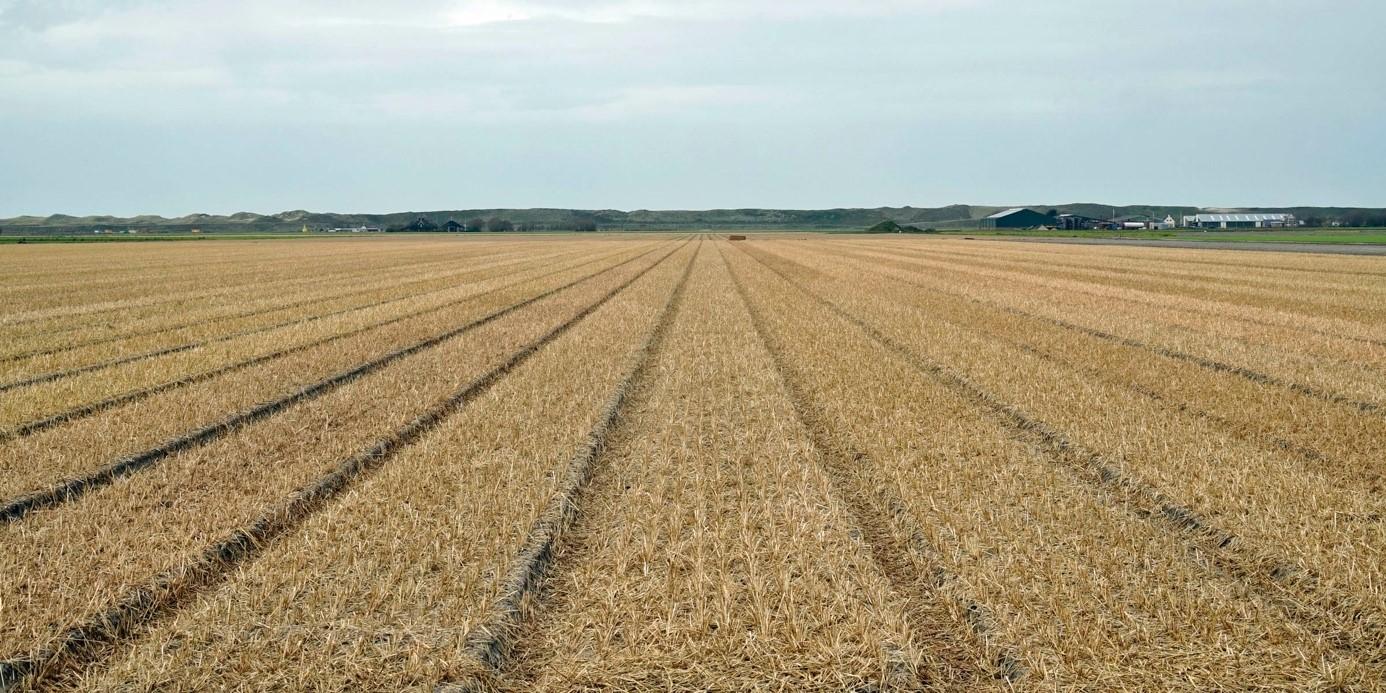I do feel like telling you about Fluwel’s location. I have a lot of (new) readers, so I think it is safe to assume that most of you don’t really know where we are from.
This newsletter’s title may have given you a clue already, because we are close to the sea. In between Alkmaar and Den Helder, if you want to be more precise.

If you want to drive to the Fluwel warehouse, you have to cross the Noord-Hollands Canal and follow the N9 road from Alkmaar towards Den Helder. Once you have passed Koedijk and Schoorldam see hectometer mark 88.8, you will notice that your surroundings have transformed quite a bit.
Street lights make room for windmills and a large, extraordinarily flat area comes in sight. You are now at a location where they never go without wind. On your right, on the other side of the Canal, you can see a few willows trying their best to remain upright, but on your left there are very few trees and you mostly see grass with a few farmhouses instead. If you look a little further you can see the dike: the Hondsbossche and Pettemer dikes. You will probably find yourself relaxing at the sight of so much space.
The picture you see above was taken from the dike. If you look closely you can see two white lines on the right horizon: this si the Fluwel warehouse. The Daffodils you see here were planted by me and my son Karel about ten years ago.
It was quite the adventure: Karel was still a child and I told him that while you had to commit quite a serious crime to have to be arrested by the police in the Netherlands, it was a veeeeery serious offense to dig holes in the dike. It must be the worst thing you cold possibly do in the Netherlands, because if you dig to deep, you might cause the entire country to flood! And well, we could swim, but the goat would most likely drown.
So, Karel and I went over to the dike when it was just starting to get dark, and we were being very secretive about planting these daffodils. No one was allowed to see us, not even Santa Clause. At every passing car we lay flat on the ground to make sure we went unnoticed. And, well, it worked: the Daffodils are still here after all this time!

But I am straying away from my point again. If you continue driving on the N9 for a few more minutes, the road has a slight curve. The land on the side of the road is mostly inhabited by sheep, and you can almost see the village in which I was born: Burgervlotbrug.

This village gets its name from the bridge. To get to Burgerbrug, the village on the other side of the Canal, you have to cross this special kind of bridge. The bridge is made from two floating panels that are pulled apart when a ship wants to go to the other side.

You are now in the over 400-year-old polder the Zijpe. Apart from maybe one slight curve, the road from here to Den Helder is a 20 km long, straight line. But we don’t do that: we are going to go left, towards Petten.

Just past the bridge you can see the Fluwel warehouse. At the roundabout you go left towards Petten, on the Pettemerweg, and after 500 meters there is a crossroads where we go right: this is the Belkmerweg. You have reached Fluwel!

Most people don’t know that the Pettemerweg is the southern border of the world’s largest flower bulb area. If you drive towards Den Helder from here, you basically see only flower bulbs. Flowers, more flowers, even more flowers, and … a cow. I took this picture from the top of the Fluwel windmill, looking out towards Den Helder.

The sea is close by here: she is only about a kilometer away. The sea and the wind have brought the sand we now use to grow flower bulbs in. As you can see, the sea has never stopped doing this. If you are ever here and want to get out of your car, make sure to hold on to your door tightly, because it may just be blown out of your hands by the strong winds.

On the photo above you can see our house, with the Fluwel windmill next to it. At the top of the picture you can see the coastal town Petten. The green on the right are a few trees that they call the Pettemer forest. I suppose it is a forest, though it is way to small to get even a little bit lost.
They are the first trees that have tried to grow at the end of the very windy dike, but they aren’t doing very good. At the east side of the forest are a few straight trees, but the other ones look kind of like this:

If people ever doubt me when I tell them we experience a lit of wind here, I show them this picture. Then they usually understand what we’re dealing with.

A little but more north there are a bit more trees and a little bit less wind, but every lone tree in North Holland will look at least a little bit like this. The trees have been plagued by the west wind since they were very little and are bent over to the east like little old men.

Enough about the wind: other than that, we live in an absolutely beautiful place. It is kind of quiet, there is no rush here, the people work hard but they always have time to talk.
The bus is always on time because there is literally no other traffic and during summer most people speak German. It is only half a day’s drive to the Ruhr region in Germany and a lot of tourists come from the German cities to the quiet Dutch coast. Apart from the sea, the area is very flat, and while we are used to it I have noticed that a lot of people find this very special as well. It is weird for them to be able to see so far away without having a hill or a mountain to block that view.

A couple of years ago, the dike was made a little bit stronger, and a whole new area of dunes appeared seemingly out of thin air: it was quite the reconstruction.

It almost seemed like a war between man and sea: for years sand from the sea was blown on to the coast and after a while people began to come to Petten to see how the coast was being reshaped.

In this photo you can see what they did: the light green grass is the old Hondsbossche dike. At its right side you can see all the dunes that were made to make the dike stronger.
But aside from that whole happening, it is pretty quiet here.

The city closest to us is Schagen. There are two church towers on the left of the middle windmill: this is Schagen. It is an ordinary city, with a church, a town square and a whole lot of nice bars, restaurants and lunch rooms. Then there are a bunch of shops and houses, and of course people who still say hi to everyone they see.

But the best part of Schagen is probably the gigantic front garden that blooms every year in between the city and the sea. A lot of the local people here consider this very normal and are not surprised by all those flowers, but I have had the privilege to show people around who have never been here before, and that never gets old. I have heard and seen people tear up at the sight of North Holland in spring, it is absolutely overwhelming for people who have never seen it before.

Apart from the dike next to the sea, tere is another one at the east side of the Zijpe polder. It is also pretty, but not like ours. The soil there is made of clay, the roads have a lot of twists and turns and they grow a lot of kale and potatoes. We call the people who live there ‘Achterdijkers’ : ‘Behindthedikers’. Because they live behind the dike, you know. The fun thing is that they call *us* the Achterdijkers, but that is impossible because they are. (“No, you are!” “No, you!!”)

So, this is our environment in a nutshell. If you like peace and quiet, then make sure to pay us a visit some time!
Kind regards,
Carlos van der Veek
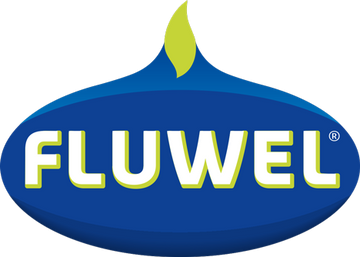
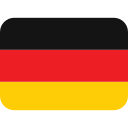 Deutsch
Deutsch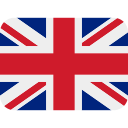 English
English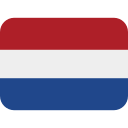 Nederlands
Nederlands